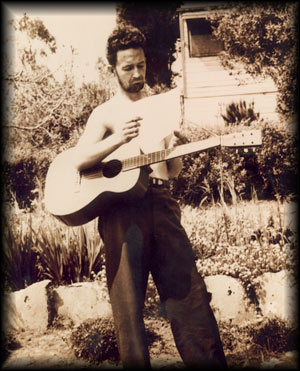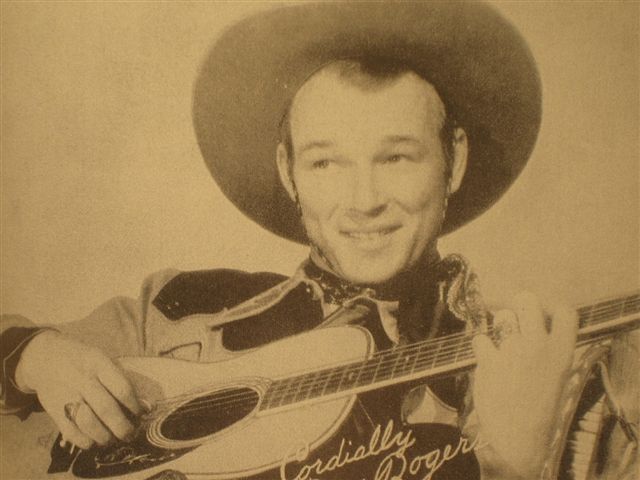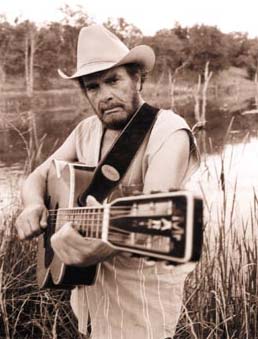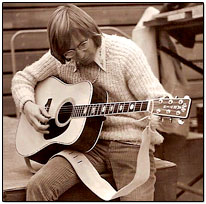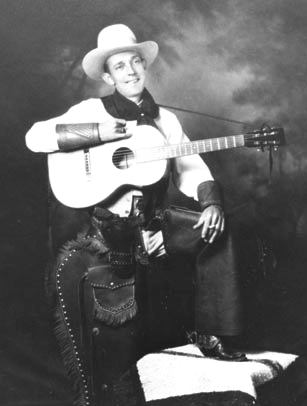Shipping & Insurance
Jim Croce
Dave Matthews
Look Who's Playing a Martin
If yo If youlet me know.
If you have other pictures I could add, please email them to me. Also, if I have mislabeled any, please let me know.
Roger
Waters
Johnny
Cash
Eric Clapton
Arlo
Guthrie
Joan Baez
Roy
Rogers
Willie Nelson
Sting
Bob Dylan
John
Mayer
Joni Mitchell
Merle Haggard
Jimmy Buffett
John
Lennon
Paul
McCartney
Elvis Presley
Woody Guthrie
James
Taylor
Ian Anderson
Stephen Stills
Dan
Tyminski
Dave Matthews
John
Denver
Kurt Cobain
Jimmy
Rodgers
Graham Nash & David Crosby
Neil
Young
Dwight Yoakam
If you would like me to let you know when I get some guitars in, just send your email address to Russ@MartinVintageGuitars.com.
While I don't have any guitars for sale right now, I have a friend, Jack Spates, who has some of the best sounding vintage Martin and Gibson guitars that I have ever heard. A couple of years ago, I drove out to Nashville and played the some of the most expensive guitars at Gruhn and Carter Guitars, and none sounded as good as some that Jack has.
Jack is not a professional dealer. He is a retired wrestling coach (head coach at the University of Oklahoma for 18 years). He will always act with total integrity and you will enjoy his infectious personality.
To find out what guitars he has right now, get a hold of him at jspates.js@gmail.com or 405.249.5949.







